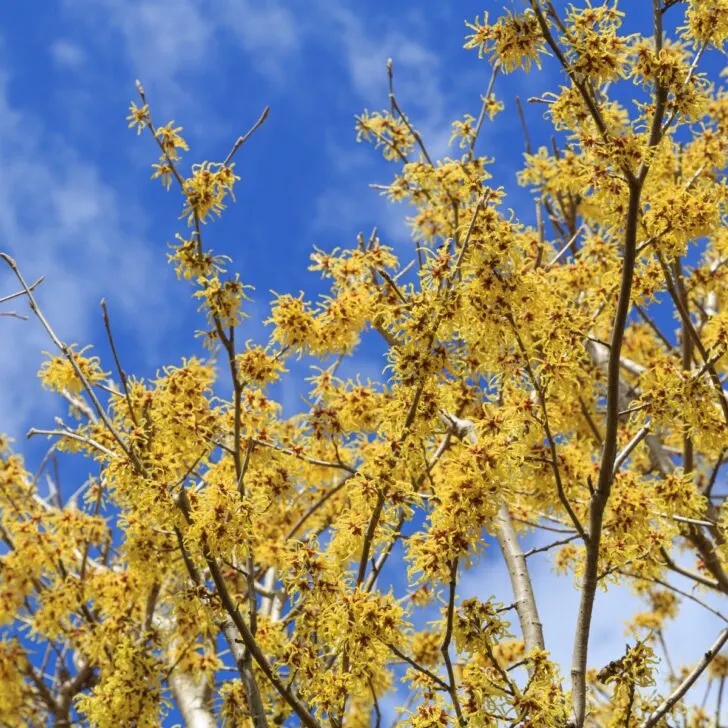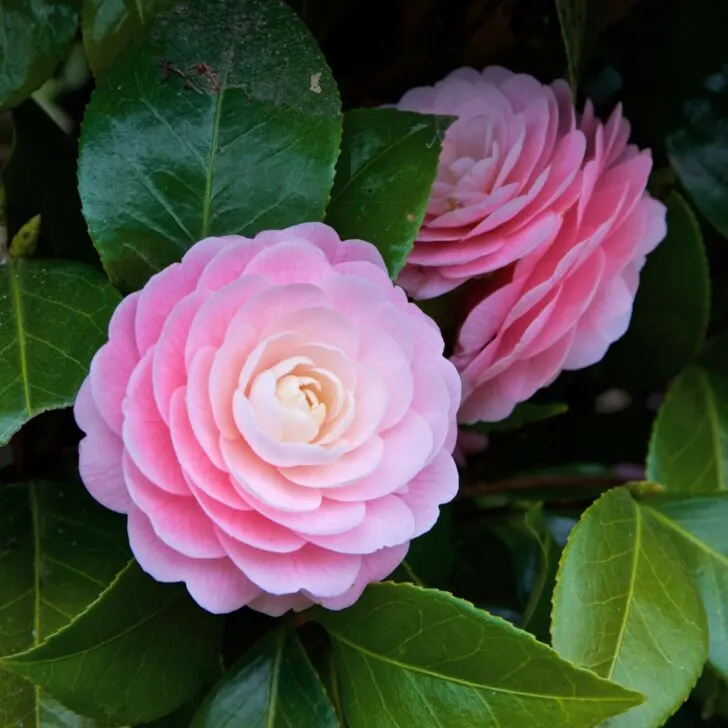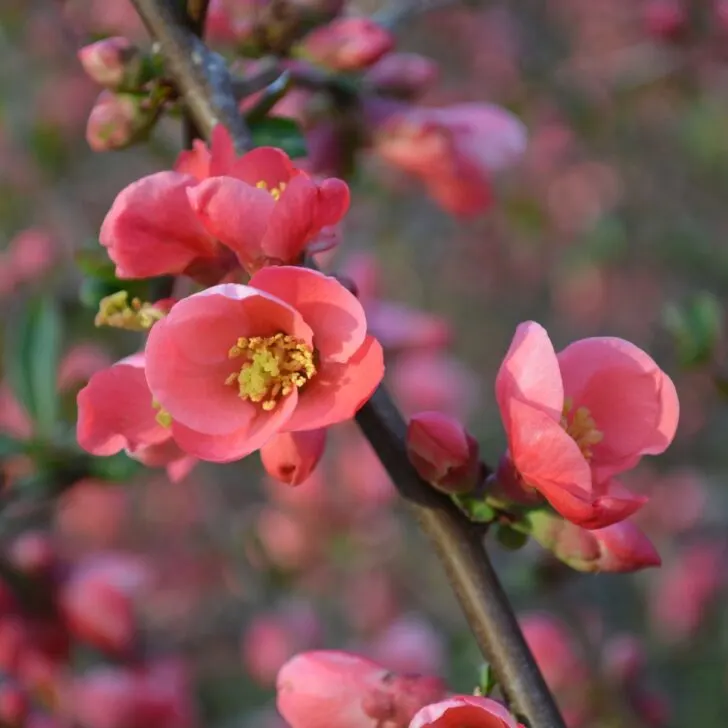Get my tips for how to grow Cotoneaster and enjoy its brightly-colored berries and evergreen leaves in your garden this winter.
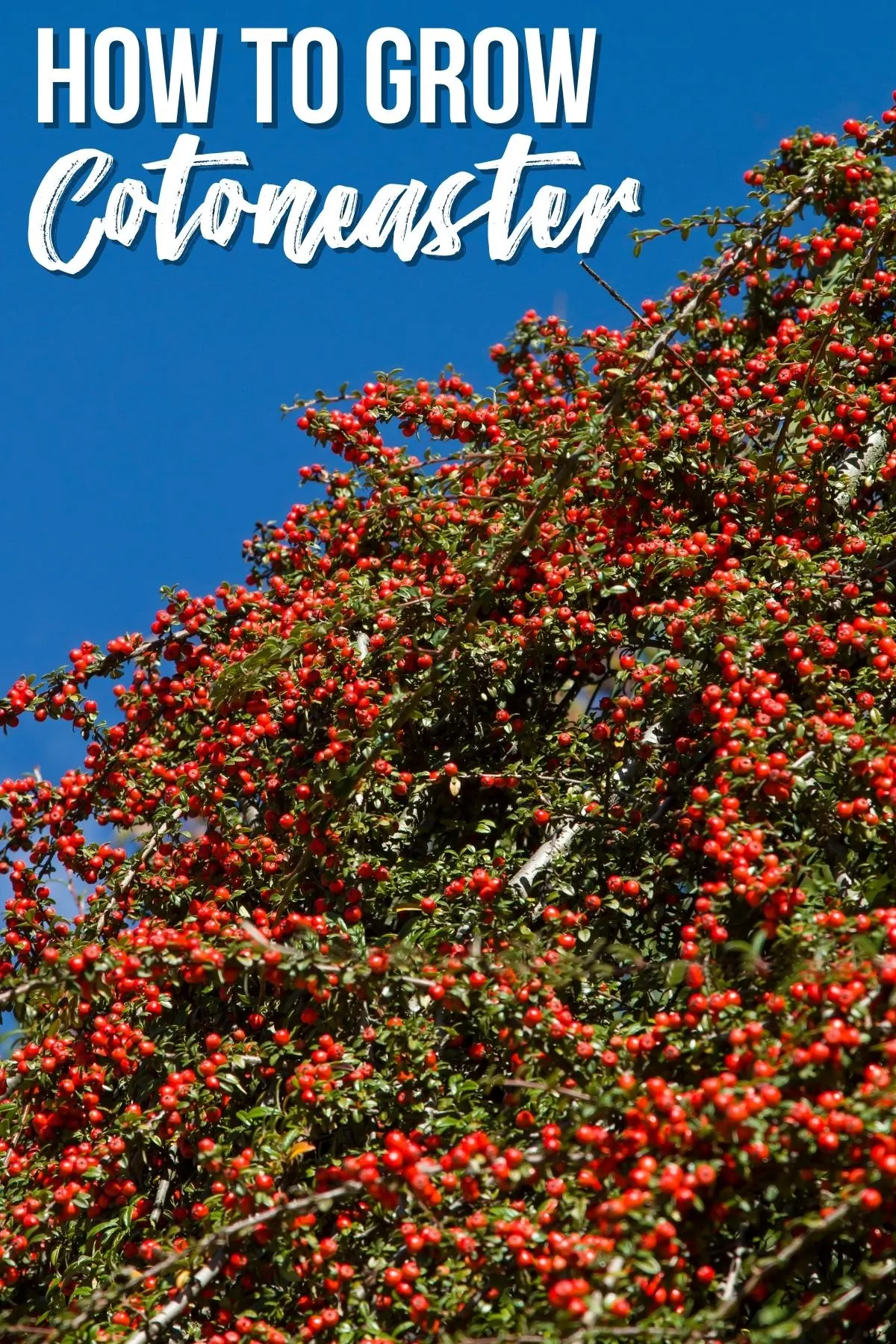
Cotoneaster's brightly-colored berries and small, attractive leaves can bring winter interest to your garden. All types produce fragrant white, cream, red, or pink flowers in spring and early summer. In late fall and winter, red, orange, or dark purple berries emerge. The leaves of some varieties turn brilliant shades of red or orange in autumn.
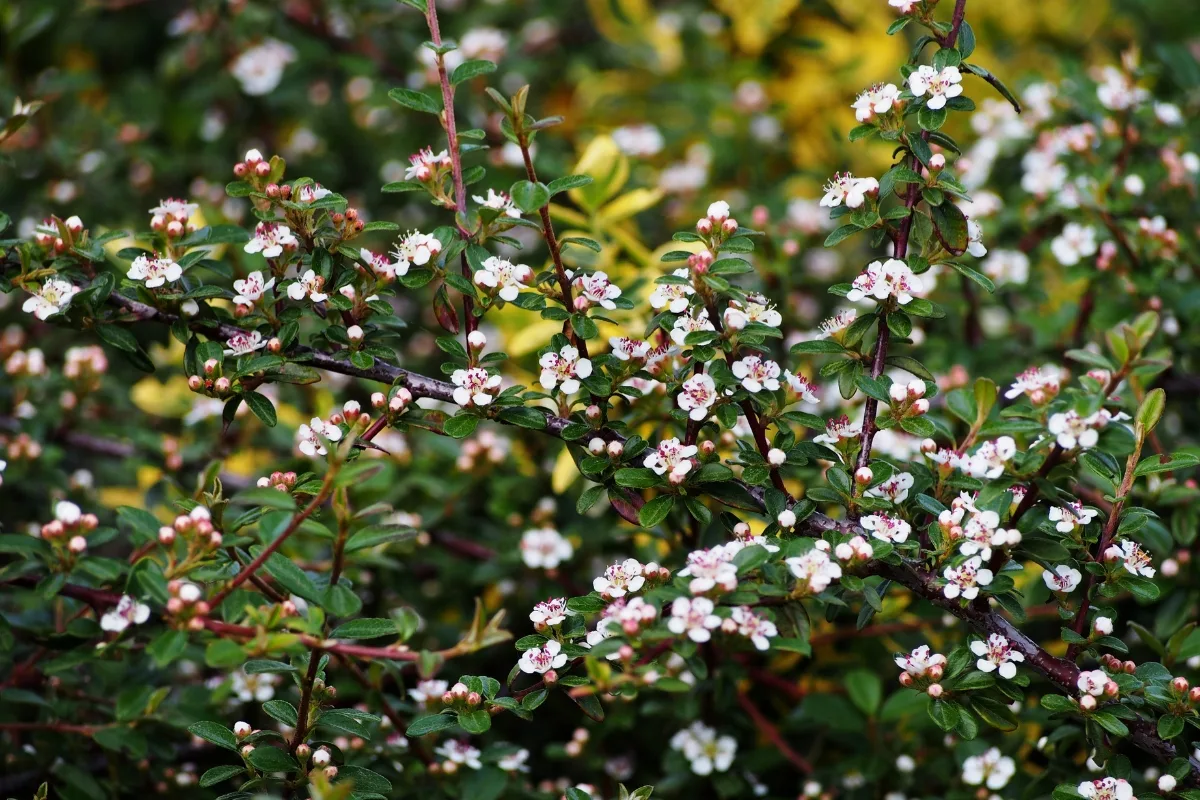
This shrub comes in low-growing varieties, excellent for ground cover, borders, or planting atop retaining walls where the branches can cascade over the edge. Upright cultivars grow into small trees with graceful arching branches perfect for small gardens or as accents in large landscapes.
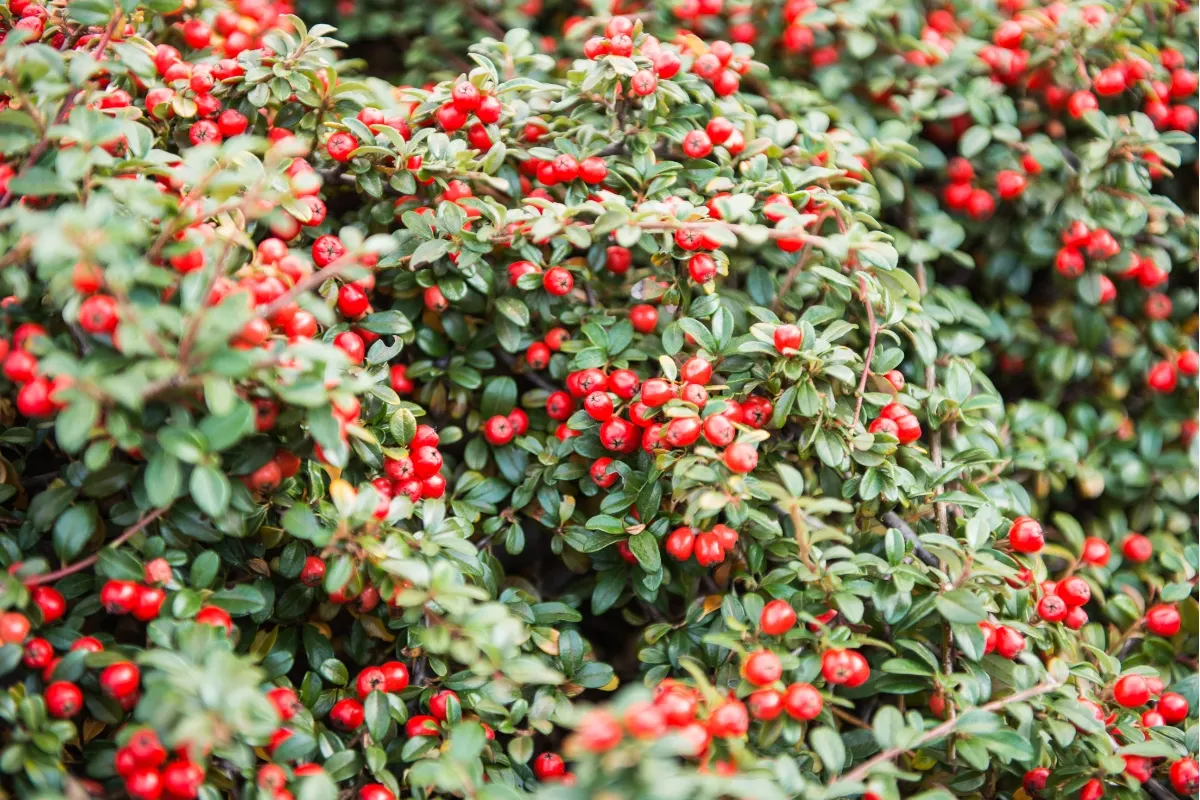
Cotoneaster is a versatile plant requiring minimal care. You can also grow it as a bonsai or sculpt it into imaginative topiary shapes to add charm to your yard. Here's what you need to know to grow cotoneaster in your garden!
This post contains affiliate links for your convenience. Purchases made through these links may earn me a small commission at no additional cost to you.
Varieties of Cotoneaster
You can find many cultivars of cotoneaster, including low-growing forms such as Littleleaf and Cranberry. These types sprawl across the ground, covering it with small foliage, woody branches, fragrant blooms, and bright berries born on long stems. Typically, prostrate varieties reach a height of about 18 inches and spread out to a width of 4 to 6 feet.
Upright cultivars include Willowleaf, Silverleaf, and Tree. These varieties grow to a height between 12 and 15 feet and can spread out to a width of 12 feet. However, you can find more compact versions of these cultivars as well.
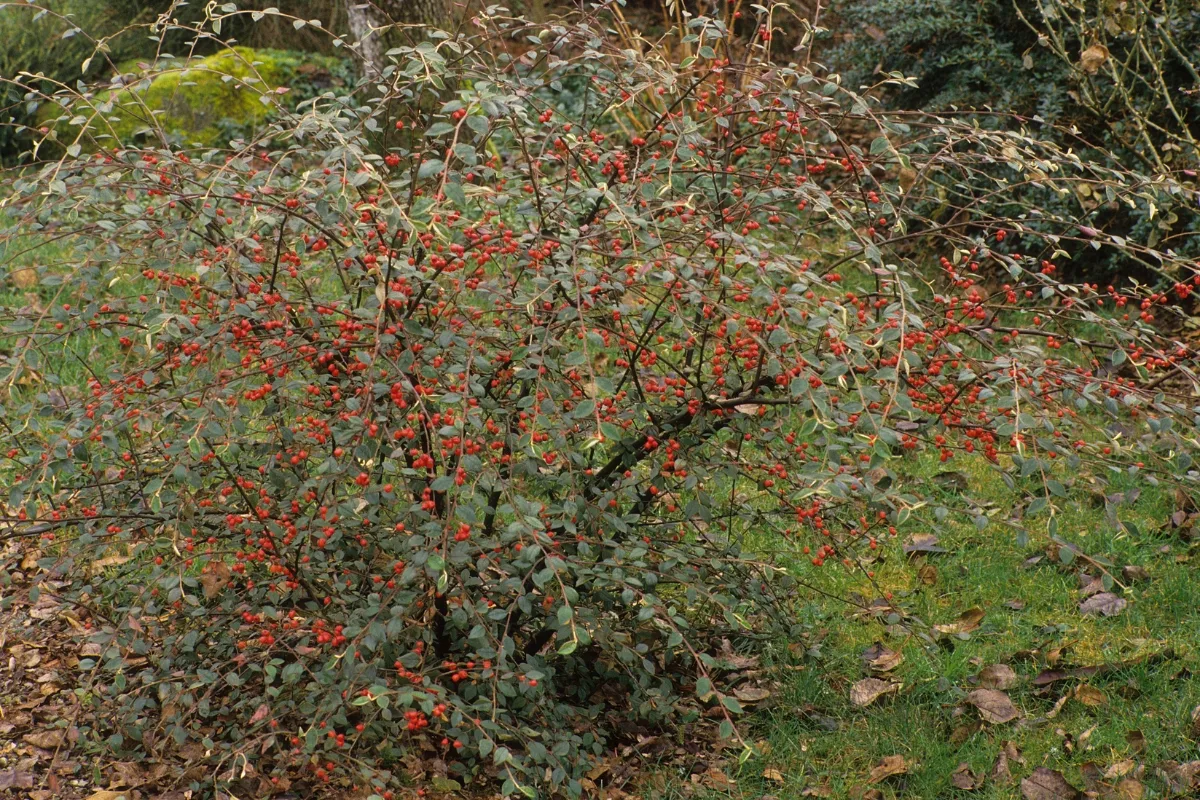
Cultivars of cotoneasters can be evergreen in warmer locations or semi-evergreen in cooler areas. Still, all have similar lustrous green foliage that often develops a red or purple tinge in winter and an abundance of red, orange, or purple berries to delight the eye in fall and winter.
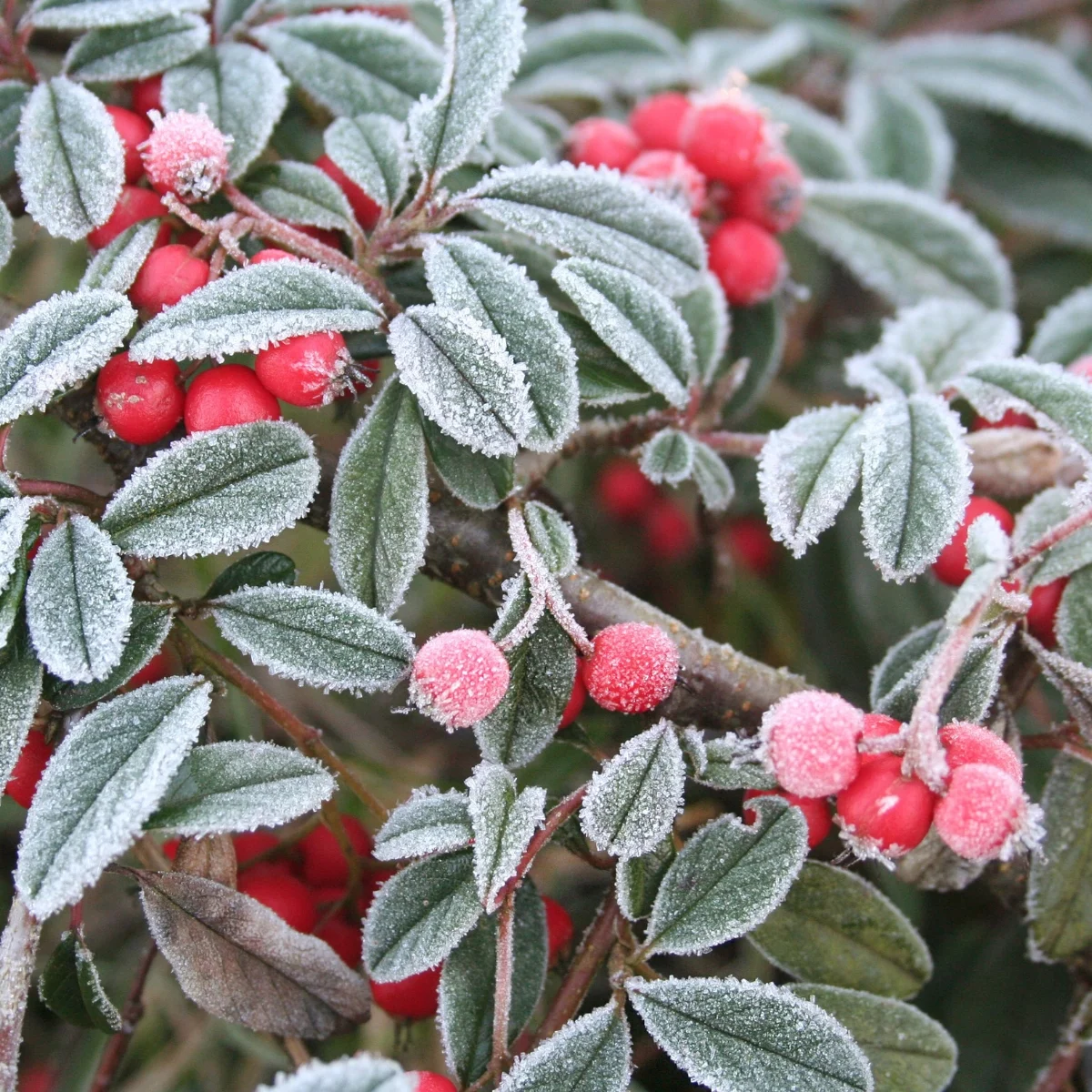
When to Plant Cotoneaster
The best time of year to put cotoneaster plants in the ground is in the fall before temperatures get cold. Winter rain gives the plant plenty of moisture for the roots to establish by spring.
Where to Plant Cotoneaster
Cotoneaster prefers well-draining, mildly acidic soil and full sun exposure, although it can grow in partial shade and mildly alkaline pH. Fertile soil improves the plant's vigor, but it can also thrive in lower-quality ground as long its roots don't get waterlogged.
Once the plants are established, most cultivars can survive dry spells, making this a popular plant for xeriscapes and rock gardens. The low-growing varieties also work well as a woody ground cover for erosion control on slopes and embankments.
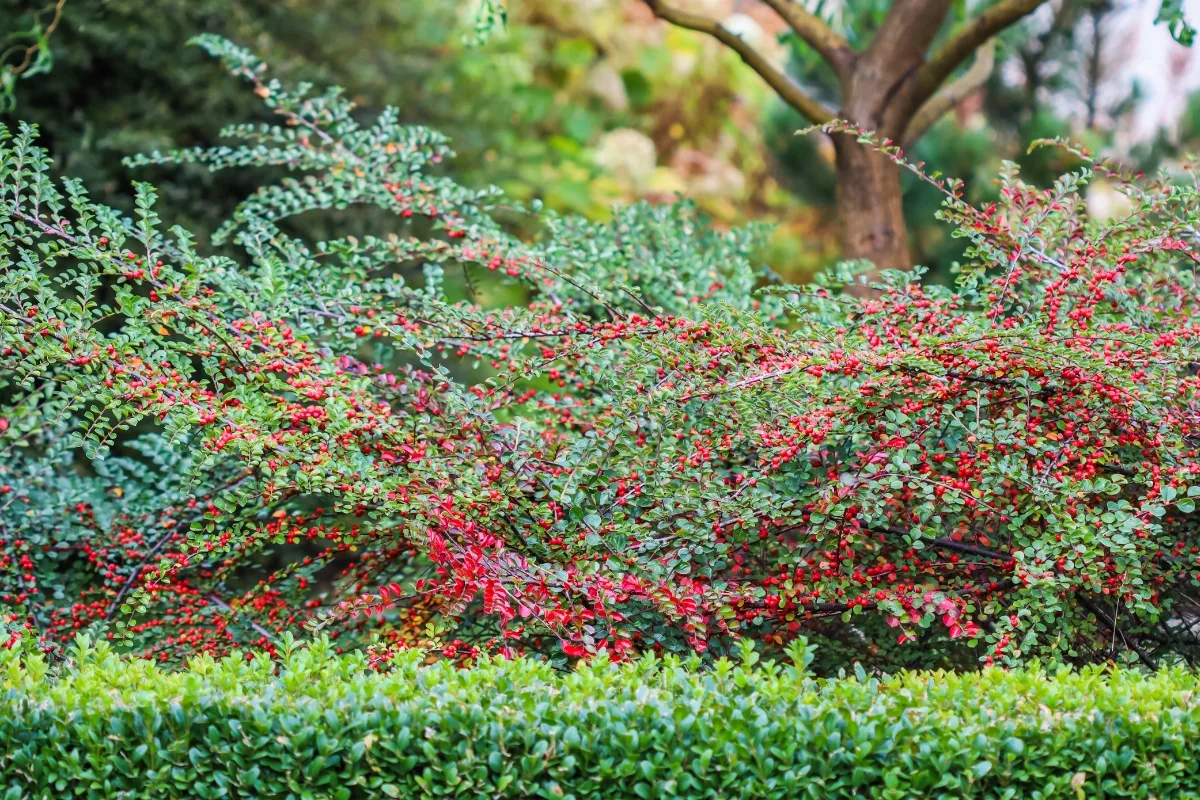
Upright varieties of cotoneaster can be planted in rows, pruned, or espaliered to create a hedge, windbreak, or screen or grown singly as an accent or specimen tree. This plant is also salt tolerant, making it an excellent choice for coastal gardens.
Many cotoneaster varieties do well planted in containers. However, be sure to use a container large enough to accommodate the mature plant, depending on the cultivar.
How to Plant Cotoneaster
Most gardeners buy potted cotoneaster plants and transplant them into the garden. However, you can also take cuttings and root them to start new plants. Cotoneaster grows very slowly from seed, although, if you are patient, this is another method for acquiring new plants.
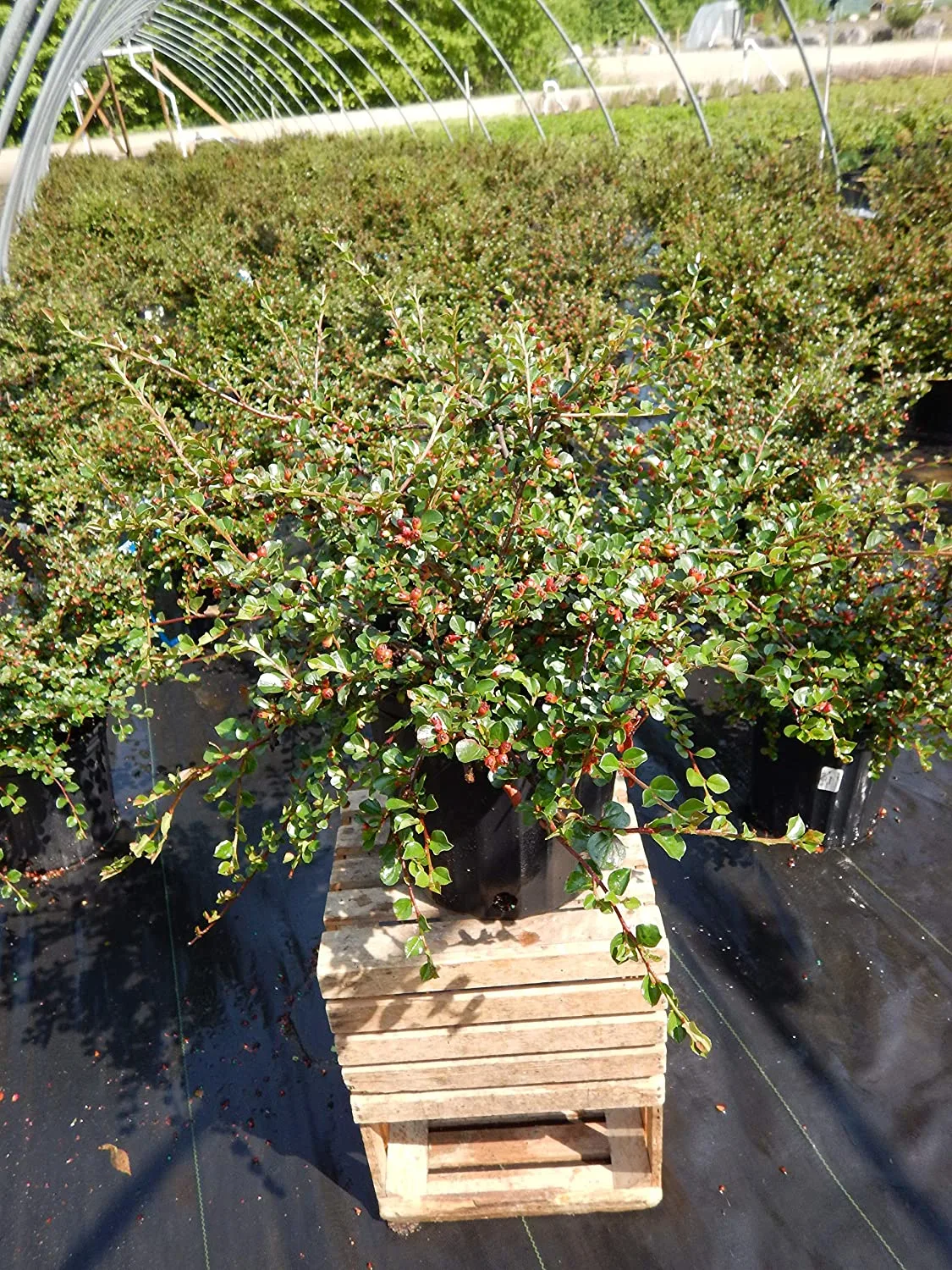
Dig a planting hole twice as wide as the root system and mix in a shovel or two or compost and a tablespoon of bone meal to promote root growth. Next, carefully remove the plant from its container and put it into the prepared hole at the same depth as the pot. Water the planting area thoroughly after backfilling and tamping down the soil.
How to Care for Cotoneaster
Cotoneaster responds well to an application of mulch in spring and fall. It also grows best with an annual application of a 5-10-10 NPK fertilizer in the fall.
Water new plants regularly, keeping the soil slightly moist for the first year. After that, irrigate when the top inch of soil dries out.
Prune the plant in the early spring before the flowers show. Careful pruning can stimulate growth but cut stems down to the ground on low-growing varieties, or a new branch will likely grow upward.
Frequently Asked Questions about Cotoneaster
Are cotoneaster berries edible?
Cotoneaster berries can be mildly toxic to humans and pets. However, many types of songbirds enjoy eating them in winter.
Are cotoneaster deer and rabbit resistant?
Yes. Deer and rabbits generally avoid eating this plant.
Is cotoneaster cold-tolerant?
It depends on the variety. Some types are more tolerant of cold weather than others.
Check out these other winter interest plants!

